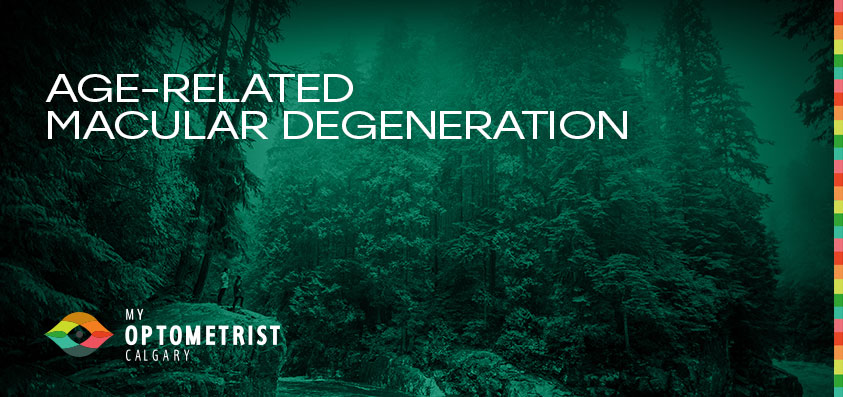

Macular degeneration is classified as either Dry AMD (non-neovascular) or Wet AMD (neovascular). Neovascular, or neovascularization, is a term used to describe the growth of new blood vessels in an area where they should not be.
The exact cause for AMD is unknown, however common risk factors for this disease include:
Macular degeneration is classified as either dry (non-neovascular) or wet (neovascular). Neovascular, or neovascularization, is a term used to describe the growth of new blood vessels in an area where they should not be.
There is no definitive cure for AMD, but there are measures that can be taken to delay its progression. Treatments for macular degeneration depend on whether the disease is in its early dry form stage, or its more advanced wet form stage, which can lead to serious vision loss.
Connect With Us Today!
Our Eye Care Professionals are thrilled to serve the Calgary and Three Hills, Alberta area for over 35 years! With our main floor access, vast medical eye care services, and enhanced supplier choice and selection for frames, prescription eyeglass lenses and contact lenses, we've got you covered. Book an appointment online, come see us in person, or shop for your eye care products. Reach out today!